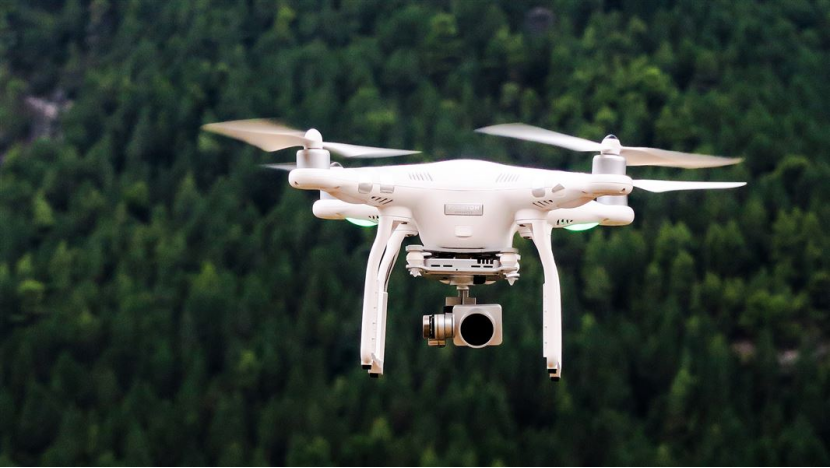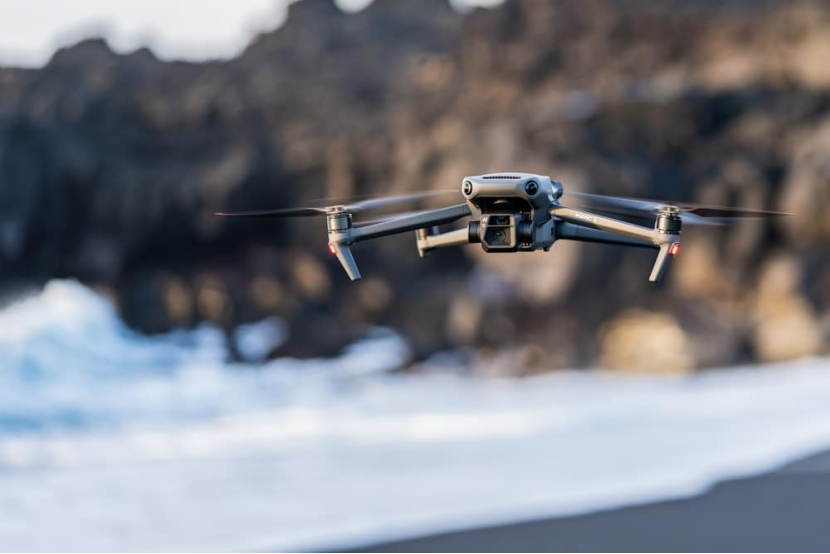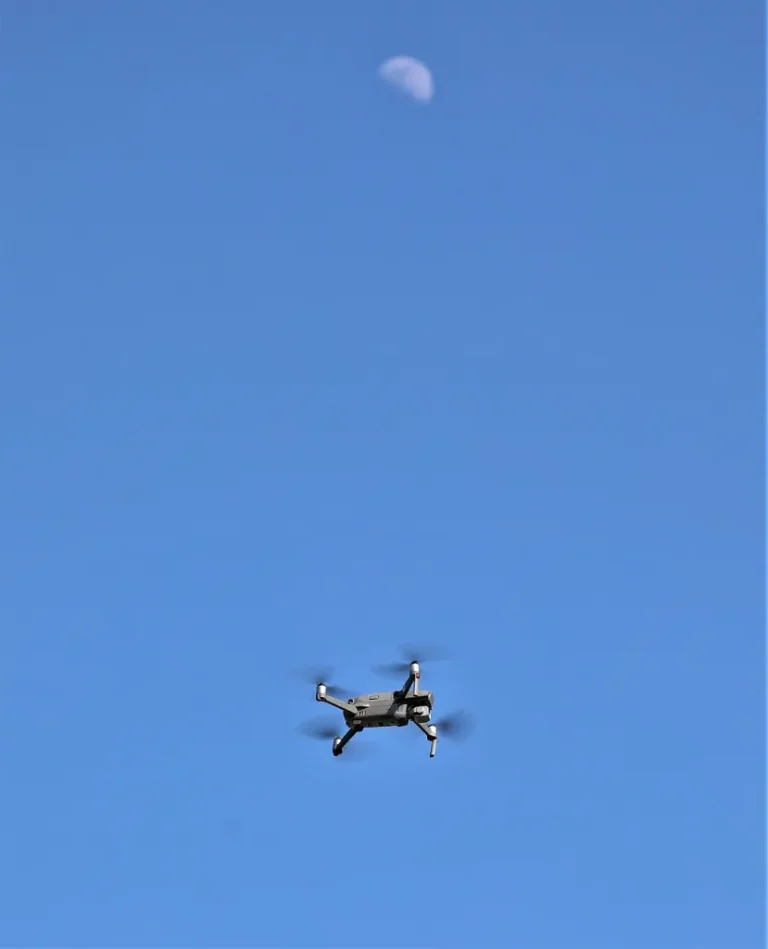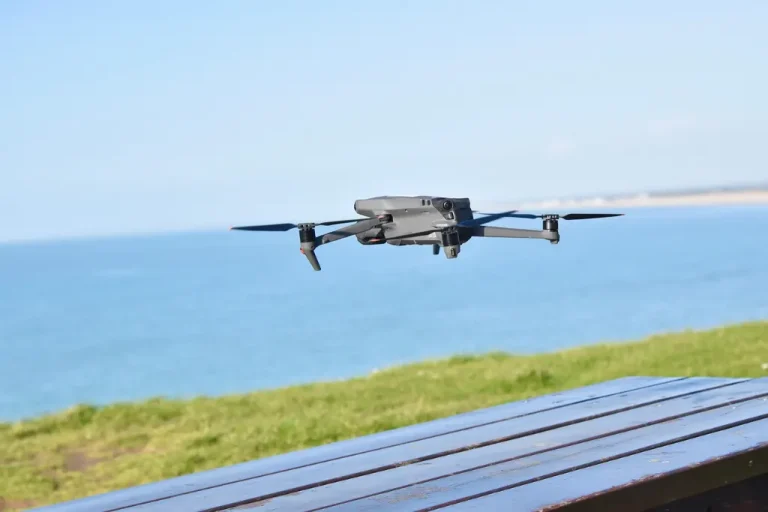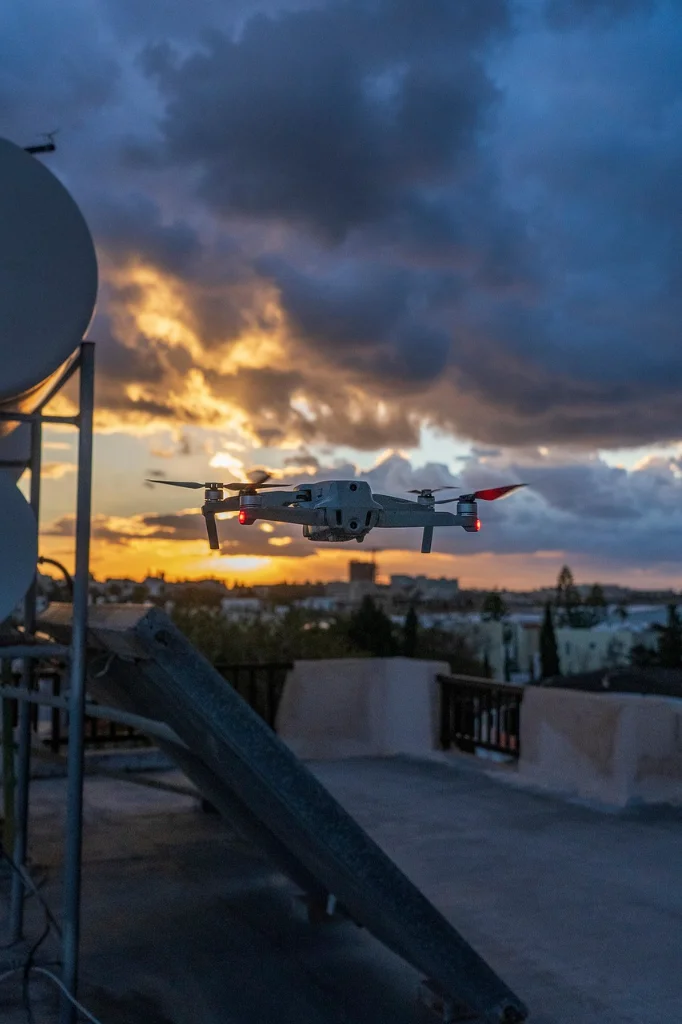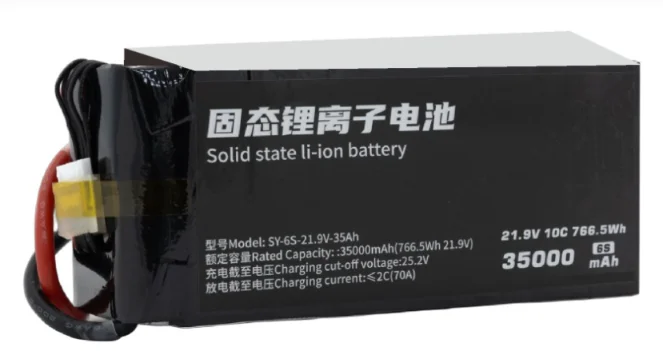The Importance of Drones in National Territory Management
Enhancing Surveillance with Drones
Drones transform surveillance. They collect real-time data. They analyze it quickly. High-definition cameras equip them. Advanced sensors enhance capabilities. They monitor vast areas efficiently. They operate in remote places. They handle hazardous zones. This makes them vital for territory management. Drones inspect infrastructure. They track illegal activities. Deforestation is one example. Mining is another. They aid security operations. They provide situational awareness.
Drones in Environmental Conservation
Drones boost conservation efforts. They capture high-resolution images. They record videos. This maps ecosystems accurately. It identifies biodiversity hotspots. The data guides land use planning. It balances development and nature. Thermal imaging drones monitor wildlife. They track animal movements. This helps protect endangered species. Conservationists rely on these insights.
Drones in Emergency Response
Drones save lives in crises. They assess disaster damage fast. Earthquakes and floods are examples. They survey affected zones. They pinpoint urgent needs. This reduces risks to responders. Drones deliver supplies. Medical kits reach isolated areas. Essential gear gets there too. This speeds up disaster response.
Applications of Drone Technology in Various Sectors
Drones in Urban Planning
Urban planners use drones. They gather precise topographical data. This aids city development. Drones create 3D models. These visualize infrastructure changes. They optimize resource use. Drones check construction sites. They ensure safety compliance. They inspect bridges. They assess building integrity.
Drones in Agriculture
Agriculture benefits from drones. Multispectral sensors analyze soil. They check crop health. Farmers optimize irrigation. They improve fertilization. This cuts waste. It boosts yields. Drones spot pests early. This allows quick action. It reduces crop losses.
Drones in Law Enforcement
Law enforcement uses drones. They monitor crowds at events. They aid search-and-rescue. In border security, drones patrol vast areas. Coastlines are covered too. Human monitoring is tough here. Drones send live footage. This boosts awareness. Authorities respond faster to threats.
Key Features and Requirements for Effective Drone Operations
Components of Top Drone Systems
High-performance drones need advanced parts. Batteries like the SY-6S-21.9V-31Ah are key. They offer 1000-cycle life. This supports long missions. GPS systems ensure precision. Autonomous flight saves time. Strong communication links send data live. These features ensure reliable operations.
Regulatory Compliance for Drones
Drone use follows strict rules. These ensure safety. They protect privacy. Operators need certifications. They must obey airspace limits. Aviation authorities set these. Drones may need registration. This depends on weight. It depends on use too. Stay updated on rule changes. This keeps operations legal.
Safe and Efficient Drone Practices
Safety is critical in drone use. Conduct pre-flight checks. Verify battery status. Train pilots well. They must handle emergencies. Signal loss is one issue. Bad weather is another. Maintain drones regularly. This extends component life. It ensures steady performance.
The Impact of Advanced Battery Technology on Drone Applications
High-Energy Density Batteries
High-energy density batteries transform drones. They extend flight times. They support complex tasks. Drones need strong power sources. Batteries offer 270wh/kg to 340wh/kg density. This allows long flights. Payload capacity stays high. These batteries suit many uses. Environmental monitoring is one. Industrial inspections are another.
The SY-6S-21.9V-31Ah is a top choice. It weighs 2.33 kilograms. Its density is 287wh/kg. It balances power and weight. It offers up to 1000 cycles. This ensures long-term reliability.
Customizable Battery Options
Custom batteries optimize drones. Taixing Shengya Electronic Technology Co., Ltd. provides tailored solutions. Configurations like 6S or 14S are available. Connector types vary. Options include XT90S-F and AS150-F. These fit specific needs. They enhance performance.
The SY-14S-51.1V-31Ah uses a 14S1P setup. It delivers 51.1V. It suits high-power tasks. Safety features are customizable. Some batteries resist punctures. They avoid fires. This ensures safe use in tough conditions.
Long-Cycle Life Batteries
Long-cycle life batteries extend flights. They cut maintenance costs. The SY-12S-44.4V-22Ah lasts 1000 cycles. It performs at 100% DOD. It supports long missions. It maintains steady output. This suits disaster management. Surveillance benefits too. Fewer replacements reduce downtime. This keeps operations smooth.
Future Trends in Drone Application for National Territory Management
UAV Technology Innovations
UAV tech is advancing fast. Autonomous navigation is a key feature. Real-time analytics improve operations. GPS ensures precise positioning. This aids surveys. It supports inspections. Batteries like the SY-6S-21.6V-39Ah help. They offer 306wh/kg density. They enable long missions. They cover remote areas. They enhance territory management.
AI Integration in Drones
AI makes drones smarter. Machine learning analyzes data live. It spots patterns. It makes decisions. This reduces human input. AI drones with thermal sensors monitor wildlife. They detect illegal acts. Poaching is one. Deforestation is another. High-voltage batteries like 4.35V series support this. They power demanding tasks. They deliver key insights.
Drones in Sustainable Development
Drones aid sustainable initiatives. They promote green practices. They optimize resources. In agriculture, multispectral sensors improve irrigation. They cut chemical use. This supports precision farming. Drones inspect solar panels. They check wind turbines. Lightweight batteries ensure efficiency. They reduce environmental impact.
FAQs
How do high-energy density batteries help drones?
They extend flight times. They boost payload capacity. They offer strong power-to-weight ratios.
Can drone batteries be customized?
Yes. Options include connector types. Configurations meet specific industry needs.
Why are long-cycle life batteries key?
They ensure durability. They cut maintenance costs. They support consistent performance.
What is AI’s role in drones?
AI enables live analysis. It supports autonomous decisions. It boosts efficiency in monitoring.
Do drones aid sustainable development?
Yes. They optimize agriculture resources. They support renewable energy projects.
Contact Taixing Shengya Electronic Technology Co., Ltd. for high-energy-density drone batteries. Explore tailored solutions today!

